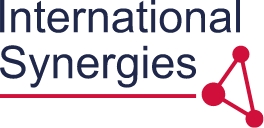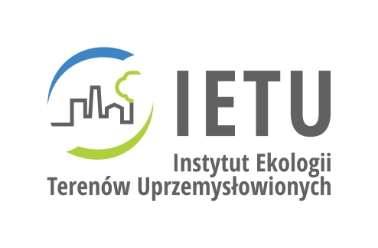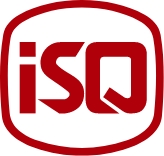A Roadmap for Industrial Symbiosis Standardisation for Efficient Resource Sharing

Industrial symbiosis (IS) is an effective solution to address the „zero” ambitions underscored by the EU policies and laws such as net-zero, zero-pollution and zero-waste to achieve the 2050 climate-neutrality and the circularity goals as well as a strong contributor to the EU green and digital agenda.
By sharing or exchanging underutilised resources, industries and sectors that traditionally operate separately, can create mutual benefits while reducing the overall adverse environmental, social and economic impacts of their operations.
What is industrial symbiosis?
Industrial symbiosis (IS) is the use by one company or sector of underutilised resources broadly defined (including waste, by-products, residues, energy, water, logistics, capacity, expertise, equipment and materials) from another, with the result of keeping resources in productive use for longer.
Definition of IS from CEN Workshop Agreement 17354
For most industry sectors, the majority of IS opportunities lie outside one’s own sector. Therefore, sectoral and inter-sectoral standardisation is critical to overcome the key barriers for IS that currently exist in order to ensure that materials and products are interchangeable, and that the systems and processes used are compatible and efficient.
Currently, CEN-CENELEC Strategic Advisory Body on Environment (SABE) Circular Economy Topic Group (CE-TG) recognises 210 standards or initiatives relevant to circular economy in such sectors as plastics, electronics, batteries, textiles, and construction. However, standards for industrial symbiosis are still lacking.
- multiplicity of actors involved,
- need for cross-sectoral collaborations,
- regulatory compliance,
- lack of data and integration with R&I,
- lack of incentivisation and favourable market environment.
- technical solutions, systems and processes are not compatible,
- resources are not interoperable,
- materials and products are not interchangeable
- To leverage IS, a robust and cohesive standardisation framework is needed. It should enable IS synergies in diverse industrial settings and jurisdictions based on commonly agreed and understood terms, principles, requirements, protocols and guidelines.
- Development of such framework requires optimising the existing standards, for example the ones established for circular economy, as well as developing new ones to fill in the gap where standards are missing.
- Moreover, the framework should also enable smooth integration of R&I results to provide a basis for new standardisation areas and stimulate standard-driven and demand-led innovation.

Newsroom
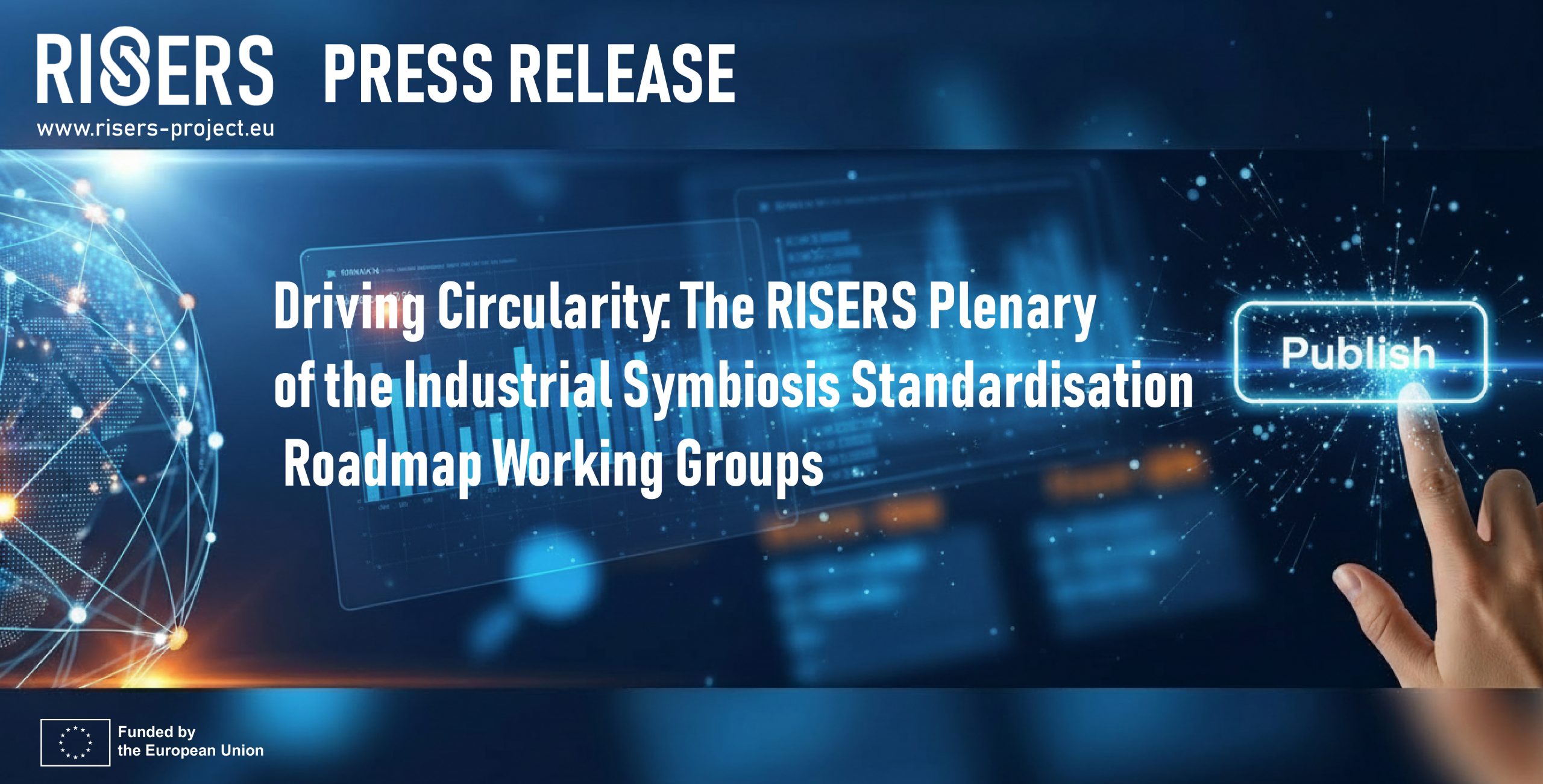
Press Release Publication

Driving Quality and Impact: Our Project Advisory Board at Work
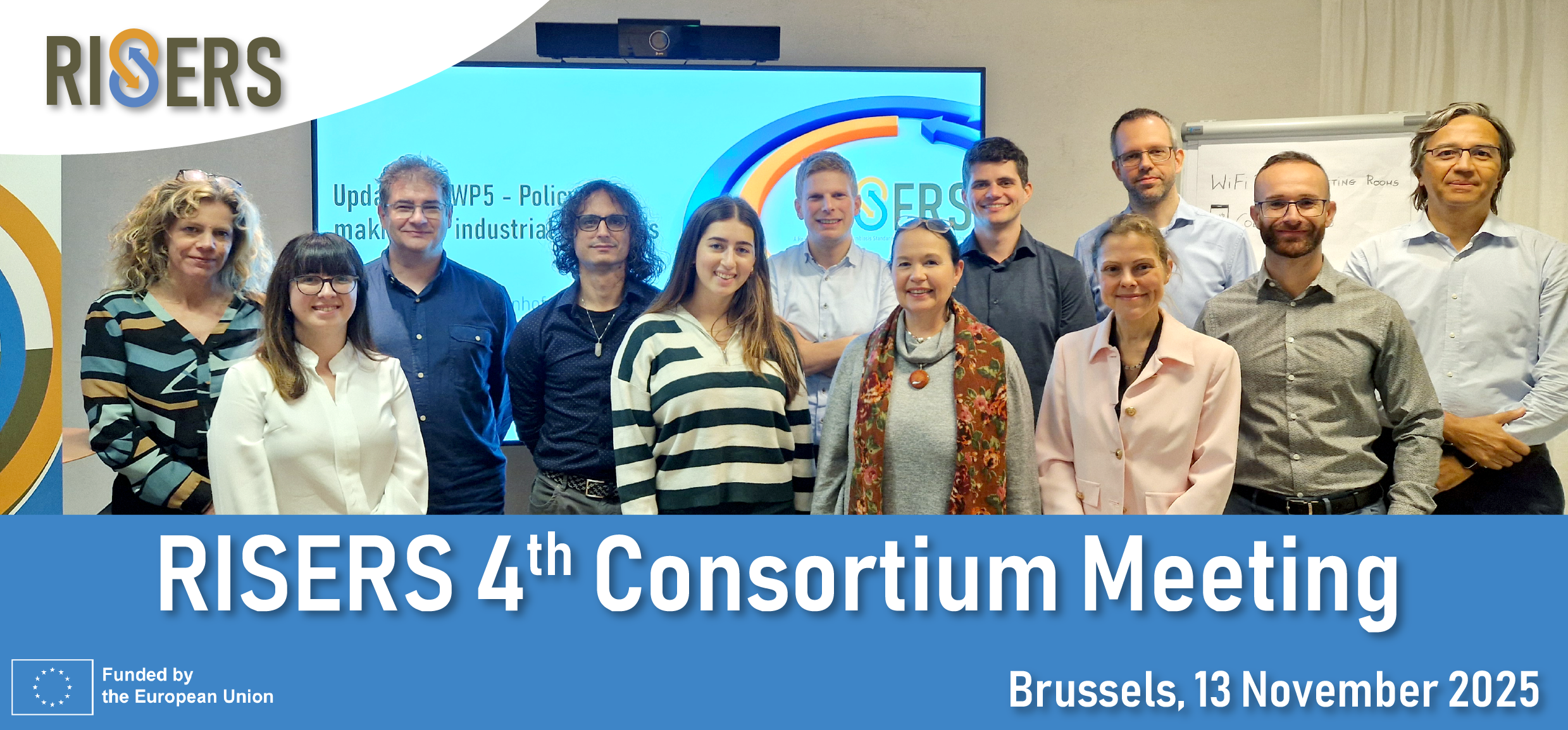
RISERS 4th consortium meeting
Partners




